How to Start Homeschooling: A Friendly Guide for Beginners + Free Printable
Thinking about homeschooling your children? You're not alone. Many parents are exploring this educational option for various reasons, from personalized learning to flexibility in scheduling.

To start homeschooling, check your state's legal requirements, choose a curriculum that fits your child's needs, and create a supportive learning environment at home. Understanding your state's homeschool laws is crucial before embarking on this journey. Each state has different regulations, so familiarize yourself with local guidelines to ensure compliance.
Selecting the right curriculum can feel overwhelming, but it's an exciting opportunity to tailor education to your child's interests and learning style. You might consider joining a homeschool co-op for support and socialization. Remember, homeschooling is a journey, and it's okay to adjust your approach as you learn what works best for your family.
How to Start Homeschooling: A Friendly Guide for Beginners
Understanding Homeschooling
Homeschooling offers a unique educational approach tailored to your child's needs. It provides flexibility and control over your family's learning journey while fostering strong bonds and individualized growth.
Defining Homeschooling
Homeschooling involves parents educating their children at home instead of sending them to traditional schools. As a homeschool parent, you become the primary educator, guiding your child's learning process. This approach allows you to customize the curriculum, pace, and teaching methods to suit your child's unique needs and interests.
You have the freedom to choose from various homeschooling styles, such as:
- Classical education
- Montessori
- Unschooling
- Unit studies
- Online learning
Homeschooling can be a full-time commitment or part of a hybrid approach combining home education with other educational resources.
Benefits of Homeschooling
Homeschooling offers numerous advantages for both you and your child:
- Flexibility: You can adapt the schedule to fit your family's needs and your child's learning rhythm.
- Personalized learning: Tailor the curriculum to your child's interests, strengths, and weaknesses.
- One-on-one attention: Provide focused support and guidance to your child.
- Safe learning environment: Minimize exposure to negative peer pressure and bullying.
- Family bonding: Strengthen relationships through shared learning experiences.
Homeschooling allows you to explore your child's learning preferences and adjust your teaching style accordingly. This adaptability often leads to improved academic performance and increased motivation for learning.
Common Misconceptions
Despite its growing popularity, homeschooling still faces some misconceptions:
Myth: Homeschooled children lack socialization. Reality: Many homeschool families actively participate in co-ops, clubs, and community activities, providing ample socialization opportunities.
Myth: Homeschooling is only for religious families. Reality: Families choose homeschooling for various reasons, including academic excellence, flexibility, and individualized learning.
Myth: Homeschooling is too expensive. Reality: The cost of homeschooling can vary depending on your choices, but many affordable options and free resources are available.
Myth: You need teaching credentials to homeschool. Reality: Most states don't require parents to have teaching degrees. You can learn alongside your child and use various resources to support your teaching.
Legal Requirements for Homeschooling
Homeschooling laws vary widely across the United States. You'll need to familiarize yourself with your state's specific regulations to ensure you're in compliance.
State Homeschool Laws
Homeschool laws by state range from minimal to highly regulated. Some states require little more than a notice of intent to homeschool, while others mandate regular evaluations and specific curriculum choices.
You should check your state's education department website for the most up-to-date information. It's crucial to understand these laws before you begin homeschooling.
States generally fall into three categories:
- Low regulation (e.g., Texas, Idaho)
- Moderate regulation (e.g., Florida, Oregon)
- High regulation (e.g., New York, Pennsylvania)
Understanding Compliance
To comply with homeschool laws, you may need to:
- File an annual notice of intent
- Meet minimum parent education requirements
- Teach specific subjects
- Homeschool for a required number of days or hours
- Participate in standardized testing
Some states require you to sign a waiver at the beginning of each school year. Others may ask you to submit a detailed curriculum plan.
It's essential to stay informed about any changes in your state's homeschool laws. Joining local homeschool groups can help you stay updated and connected with other homeschooling families.
Record-Keeping
Maintaining thorough records is crucial for homeschooling families. You should keep:
- Attendance logs
- Curriculum plans
- Progress reports
- Portfolios of student work
- Standardized test results (if required)
Good record-keeping helps you track your child's progress and can be invaluable if you need to transfer to a traditional school or apply to college.
Some states may require you to submit these records annually. Even if your state doesn't mandate it, keeping detailed records is a good practice.
Homeschool vs. Public and Private School Regulations
Homeschools often face different regulations than public or private schools. While public schools must follow strict state guidelines, homeschools typically have more flexibility in curriculum choices and teaching methods.
You'll need to ensure you're meeting your state's homeschool-specific requirements, which may differ from those for other educational options. For example, you might need to:
- Cover certain subjects
- Use state-approved curricula
- Meet specific teacher qualifications
Preparing to Homeschool
Before diving into homeschooling, it's crucial to set yourself up for success. You'll need to allow time for adjustment, create a suitable learning environment, and determine your teaching approach.
Deschooling Process
When you start homeschooling, deschooling is an essential first step. This period allows your child to decompress from traditional schooling and rediscover their natural curiosity.
Give yourselves time to relax and explore interests without formal lessons. Engage in fun, educational activities like museum visits or nature walks.
Deschooling duration varies, but a common rule is one month for each year your child was in traditional school. Use this time to observe your child's learning style and interests.
Remember, deschooling isn't a vacation. It's a transition that helps you and your child prepare for a new educational journey.
Setting Up Your Homeschooling Space
Creating a dedicated homeschooling space can help your child focus and separate “school time” from leisure time. You don't need a separate room – a corner of the living room or a small nook can work well.
Ensure the area has good lighting and comfortable seating. Stock it with essential supplies like books, paper, and writing tools.
Consider including a whiteboard or bulletin board for visual learning. Storage solutions are crucial to keep materials organized and easily accessible.
Make the space inviting and personalized. Let your child help decorate it to foster a sense of ownership over their learning environment.
Choosing a Teaching Style
As a new homeschool parent, selecting a teaching style that suits both you and your child is vital. Common approaches include:
- Traditional: Similar to classroom teaching, with structured lessons and textbooks
- Montessori: Emphasizes hands-on learning and child-led exploration
- Unschooling: Follows the child's interests with minimal formal instruction
- Charlotte Mason: Focuses on living books, nature study, and character development
- Classical: Emphasizes logic, rhetoric, and classical literature
Your teaching style may evolve as you gain experience. Don't be afraid to mix elements from different approaches to create a personalized method that works for your family.
Consider your child's learning preferences and your own strengths when choosing a style. Remember, flexibility is key in homeschooling.
Choosing the Right Curriculum
Selecting the perfect homeschool curriculum is crucial for your child's educational journey. It's essential to consider various factors, including your child's learning style, your teaching approach, and available resources.
Evaluating Curriculum Options
When choosing a homeschool curriculum, focus on content, approach, and alignment with your child's needs. Look for programs that cover appropriate topics for your child's grade level. Consider whether you prefer a Bible-based or secular curriculum.
Assess your child's learning style. Are they visual, auditory, or kinesthetic learners? This will help you find materials that resonate with them.
Think about your teaching style too. Do you prefer structured lessons or a more flexible approach? Some curricula offer detailed lesson plans, while others provide general guidelines.
Read reviews from other homeschooling families and, if possible, preview materials before purchasing. This can give you valuable insights into how well a curriculum might work for your family.
Subject-Specific Curriculums
You might choose different curricula for various subjects based on your child's strengths and interests. For math, look for programs that offer plenty of practice and real-world applications. Popular options include Saxon Math and Singapore Math.
For reading, consider phonics-based programs for younger children and literature-based curricula for older students. Programs like All About Reading or Sonlight can be excellent choices.
Don't forget about science, history, and the arts. Many curricula offer hands-on experiments or projects to make these subjects engaging and memorable.
Consider using online resources or video courses for subjects you're less comfortable teaching. This can provide expert instruction while allowing you to support your child's learning.
Free and Paid Resources
Your homeschool curriculum doesn't have to break the bank. Many free and low-cost options are available.
Free resources include:
- Public library books and educational programs
- Educational websites like Khan Academy
- Printable worksheets from homeschooling blogs
Paid resources often provide more structure and comprehensive coverage:
- All-in-one curriculum packages
- Online subscription services
- Individual textbooks or workbooks
Remember, you can mix and match free and paid resources to create a customized curriculum that fits your budget and your child's needs. Don't be afraid to adjust your choices as you discover what works best for your family.
Homeschooling Methods and Philosophies
Choosing a homeschooling approach that aligns with your family's values and your child's learning style is crucial. Each method offers unique benefits and challenges, allowing you to tailor your child's education to their specific needs and interests.
Traditional Homeschooling
Traditional homeschooling mimics a conventional classroom setting at home. You'll use textbooks, workbooks, and structured lesson plans to cover core subjects like math, science, language arts, and social studies.
This method often follows a set schedule, with dedicated time for each subject. You might create a classroom-like space in your home, complete with desks and a whiteboard.
Traditional homeschooling can be a good fit if you prefer a familiar, structured approach. It's also helpful if you plan to transition your child back to public or private school later.
Many curriculum packages are available for this method, making it easier to plan and implement lessons. However, be mindful that this approach may not suit all learning styles and could limit flexibility.
Charlotte Mason Education
The Charlotte Mason method emphasizes living books, nature study, and character development. You'll use high-quality literature instead of textbooks to teach various subjects.
Short, focused lessons encourage your child's natural curiosity. Narration, where your child retells what they've learned, is a key component of this approach.
Nature walks and outdoor exploration are integral to the Charlotte Mason philosophy. You'll encourage your child to keep a nature journal, fostering observation skills and appreciation for the natural world.
This method also places importance on developing good habits and character traits. You'll integrate art and music appreciation into your daily routine.
The Charlotte Mason approach can be especially effective for children who love stories and hands-on learning experiences.
Unschooling Approach
Unschooling is a child-led learning approach that trusts in a child's natural curiosity and ability to learn. You'll act as a facilitator, providing resources and experiences based on your child's interests.
This method doesn't use formal curriculum or schedules. Instead, learning happens through everyday life experiences, play, and exploration.
You might visit museums, engage in community activities, or pursue hobbies together. Unschooling allows your child to dive deep into subjects they're passionate about.
While unschooling offers great freedom, it requires trust in the learning process and can be challenging for parents used to traditional educational structures.
This approach can work well for self-motivated learners and families seeking a more relaxed educational environment.
Montessori at Home
Montessori education focuses on hands-on, self-directed learning within a prepared environment. You'll create learning spaces with carefully chosen materials that encourage exploration and independence.
Mixed-age learning is a key Montessori principle. If you have multiple children, they can learn together, with older ones helping younger siblings.
Practical life skills are emphasized in Montessori education. You'll involve your child in daily tasks like cooking, cleaning, and gardening as part of their learning experience.
Montessori materials are often designed to be self-correcting, allowing your child to learn through trial and error. This method can be particularly effective for kinesthetic learners.
While traditionally used in classroom settings, many Montessori principles can be adapted for homeschooling, promoting independence and a love for learning.
Classical Education
The classical approach, based on the trivium, divides learning into three stages: grammar, logic, and rhetoric. You'll focus on different skills at each stage, aligning with your child's developmental phase.
In the grammar stage (ages 5-10), you'll emphasize memorization of facts and foundational knowledge. The logic stage (ages 10-14) introduces critical thinking and argumentation skills.
The rhetoric stage (ages 14-18) focuses on persuasive communication and applying knowledge to real-world situations. Latin and classical literature are often key components of this method.
Classical education aims to develop well-rounded thinkers who can analyze information and communicate effectively. This rigorous approach can be challenging but rewarding for both you and your child.
Consider your child's learning style and your teaching strengths when choosing this method. It can be particularly beneficial for children who enjoy intellectual challenges and structured learning.
Creating a Homeschool Schedule
Designing an effective homeschool schedule is crucial for success. It helps you organize your time, balance subjects, and maintain consistency in your child's education. A well-crafted schedule can make your homeschooling journey smoother and more enjoyable.
Daily and Weekly Routines
Start by establishing a daily rhythm that works for your family. Consider your child's natural energy levels and attention span when planning lessons. You might block subjects together for deeper focus or alternate between intensive and lighter activities.
Create a weekly plan that covers all necessary subjects. Include core subjects like math and language arts daily, while others like science or history could be scheduled 2-3 times a week. Don't forget to incorporate breaks, physical activity, and creative pursuits.
Use a planner or digital tool to keep track of your schedule. Many homeschoolers find success with a combination of digital and paper planners. Remember to be flexible – if something isn't working, adjust your routine.
Year-Round vs. Traditional School Year
Deciding between a year-round or traditional school year schedule depends on your family's needs and goals. A year-round approach spreads learning over 12 months with shorter, more frequent breaks. This can help prevent summer learning loss and provide flexibility for family vacations.
A traditional schedule aligns with the typical school year, offering a long summer break. This can be beneficial if you want to sync with local school activities or if your child attends part-time classes elsewhere.
Consider your climate, family commitments, and your child's learning style when choosing. Some families even opt for a hybrid approach, adjusting their schedule seasonally.
Balancing Flexibility and Structure
Finding the right balance between structure and flexibility is key to a successful homeschool schedule. Create a routine rather than a rigid timetable to allow for spontaneity and deeper exploration of topics that capture your child's interest.
Build in buffer time for unexpected events or subjects that need extra attention. Be prepared to adapt your schedule as needed, especially for high school students who may have more complex coursework.
Involve your children in the scheduling process. This builds their buy-in and teaches time management skills. Allow older students more autonomy in managing their schedules, preparing them for future academic and professional responsibilities.
Fostering Socialization and Extracurricular Activities
Homeschooling offers unique opportunities for social growth and diverse activities. You can create a rich, well-rounded experience for your child through various avenues of interaction and engagement.
Incorporating Social Skills
Developing social skills is crucial for homeschooled children. You can organize playdates with other homeschooling families or neighbors to provide regular social interactions. Encourage your child to participate in group discussions and collaborative projects.
Role-playing exercises can help your child practice social scenarios. Teach them about body language, active listening, and effective communication. These skills will serve them well in all aspects of life.
Consider volunteering together at local charities. This exposes your child to diverse groups of people while fostering empathy and community spirit.
Homeschool Co-ops and Groups
Joining a homeschool co-op or support group can provide invaluable socialization opportunities. These groups often organize:
- Field trips
- Group classes
- Park days
- Educational workshops
Co-ops allow your child to learn alongside peers and make lasting friendships. They also offer a chance for you to connect with other homeschooling parents, sharing resources and experiences.
Look for local groups on social media platforms or homeschooling websites. Attend a few meetings to find the best fit for your family's needs and values.
Sports and Arts Programs
Extracurricular activities play a crucial role in a well-rounded education. Enroll your child in sports teams or arts programs to foster physical skills, creativity, and teamwork.
Consider these options:
- Local sports leagues (soccer, basketball, swimming)
- Dance or gymnastics classes
- Music lessons or youth orchestras
- Art classes or workshops
These activities not only provide socialization but also help your child discover new interests and talents. They learn discipline, perseverance, and the value of practice.
Don't forget to check if your local school district allows homeschoolers to participate in their sports programs.
Community Engagement
Engaging with your community offers rich learning experiences and socialization opportunities. Explore these options:
- Library programs (story time, book clubs, workshops)
- Museum classes and events
- Local theater productions
- Scouting organizations
- 4-H clubs
Encourage your child to participate in community service projects. This teaches valuable life skills and fosters a sense of civic responsibility.
Consider organizing a homeschool fair or talent show in your community. This allows your child to showcase their skills and interact with others who share similar interests.
-> Download and print our How to Start Homeschooling: Homeschool Start-up Workbook here! <-

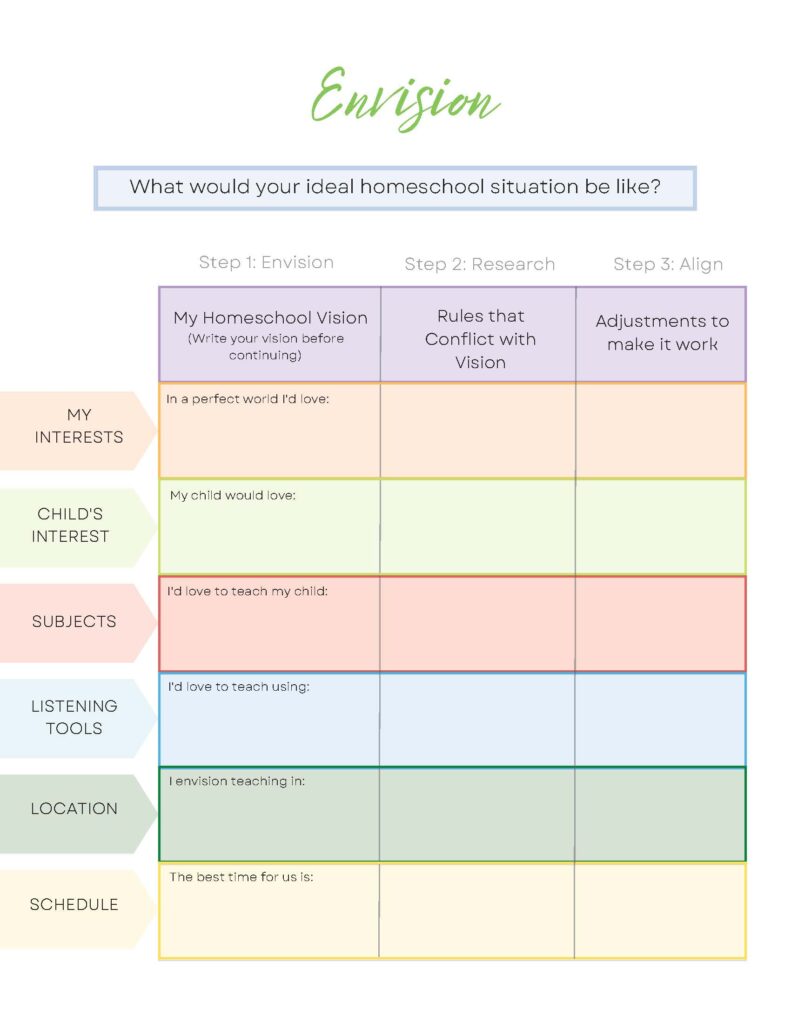
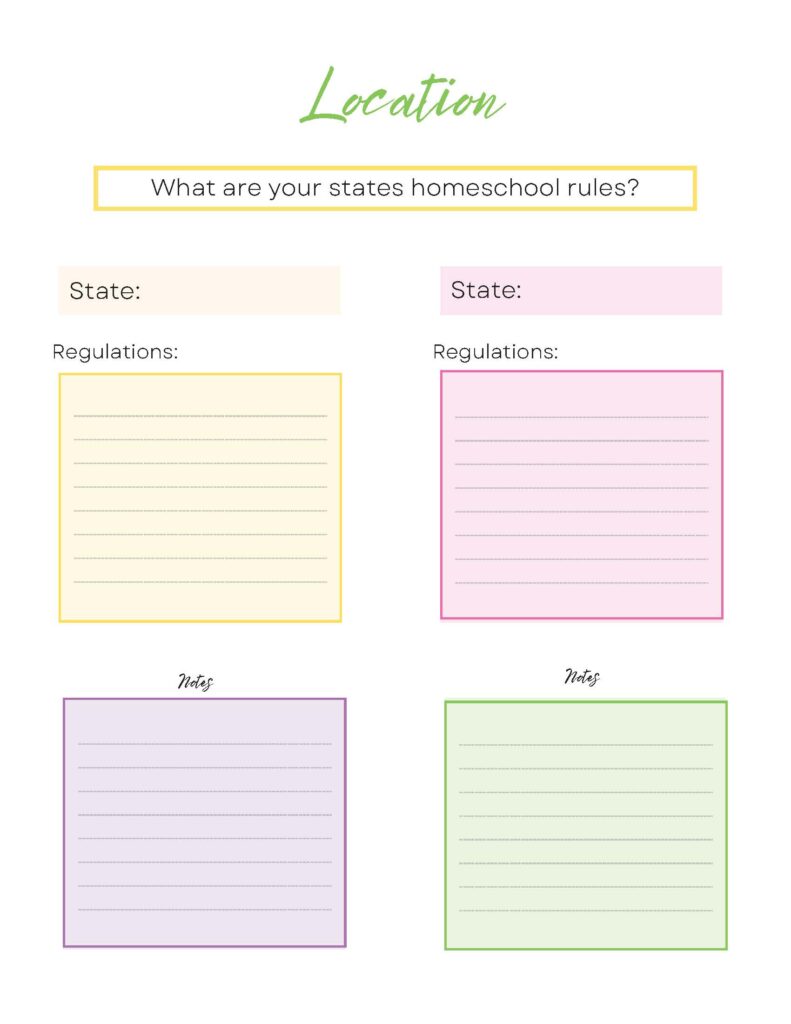
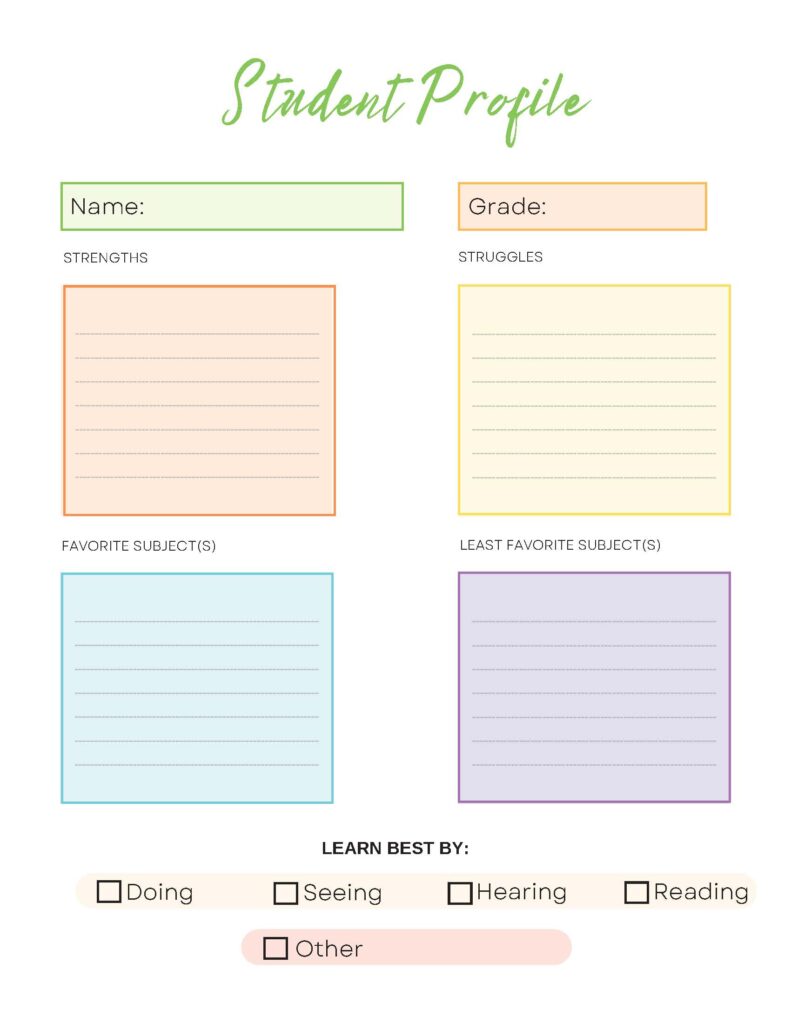
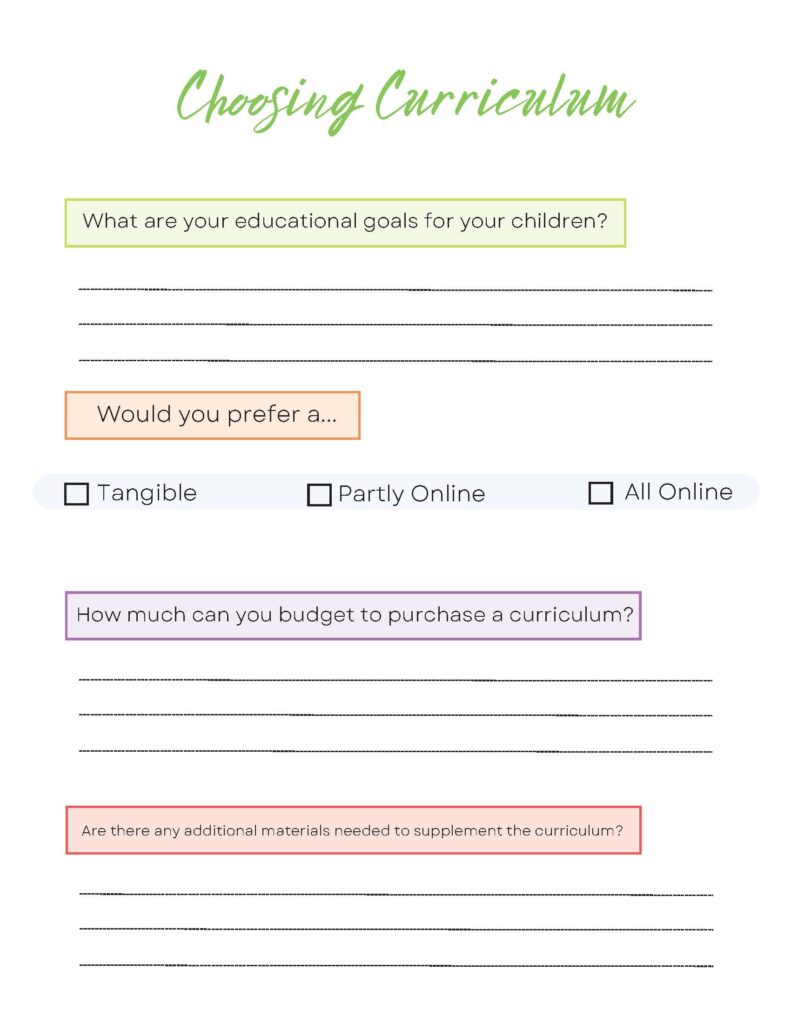
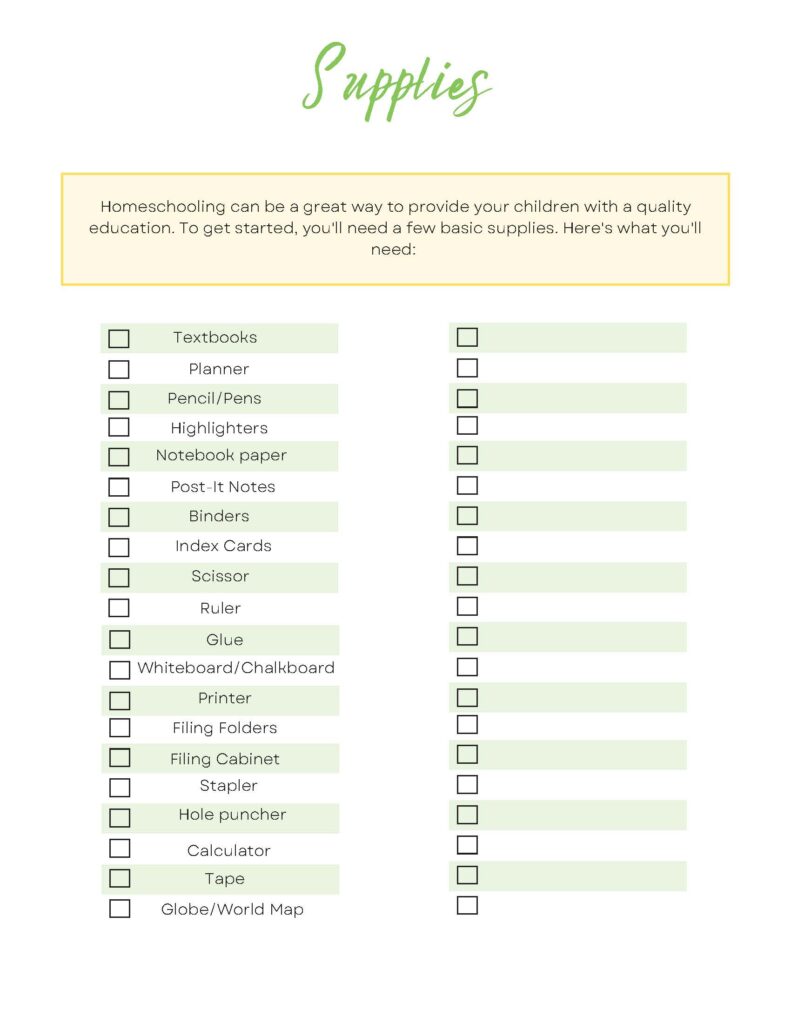
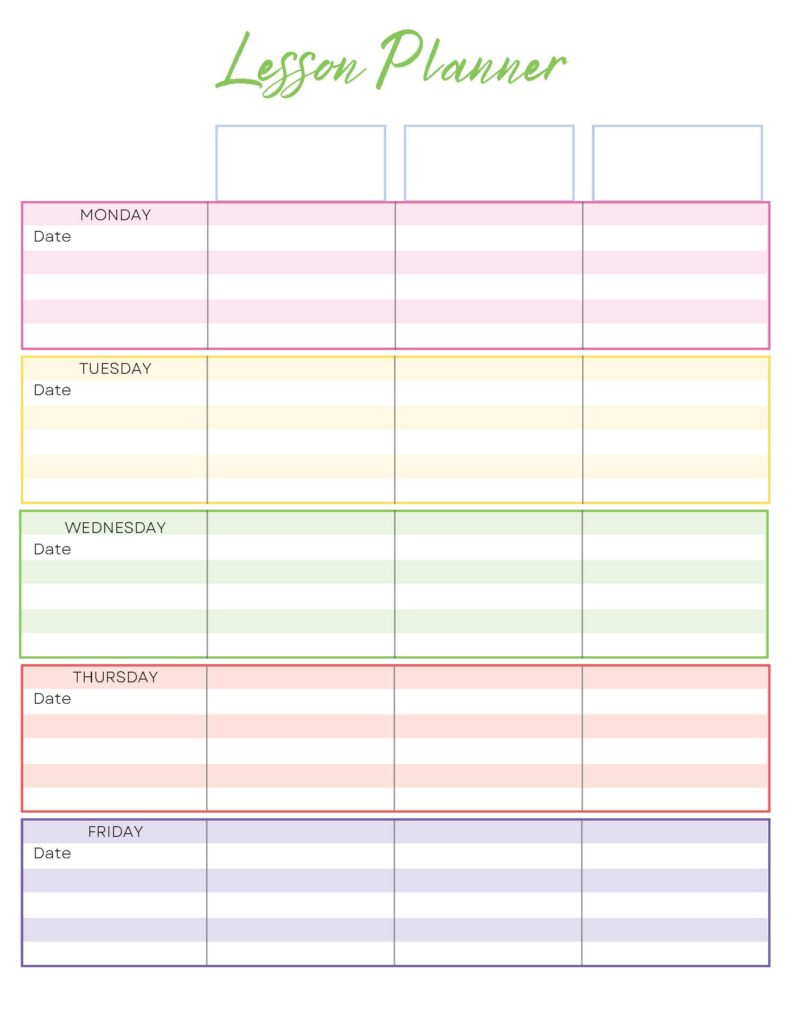

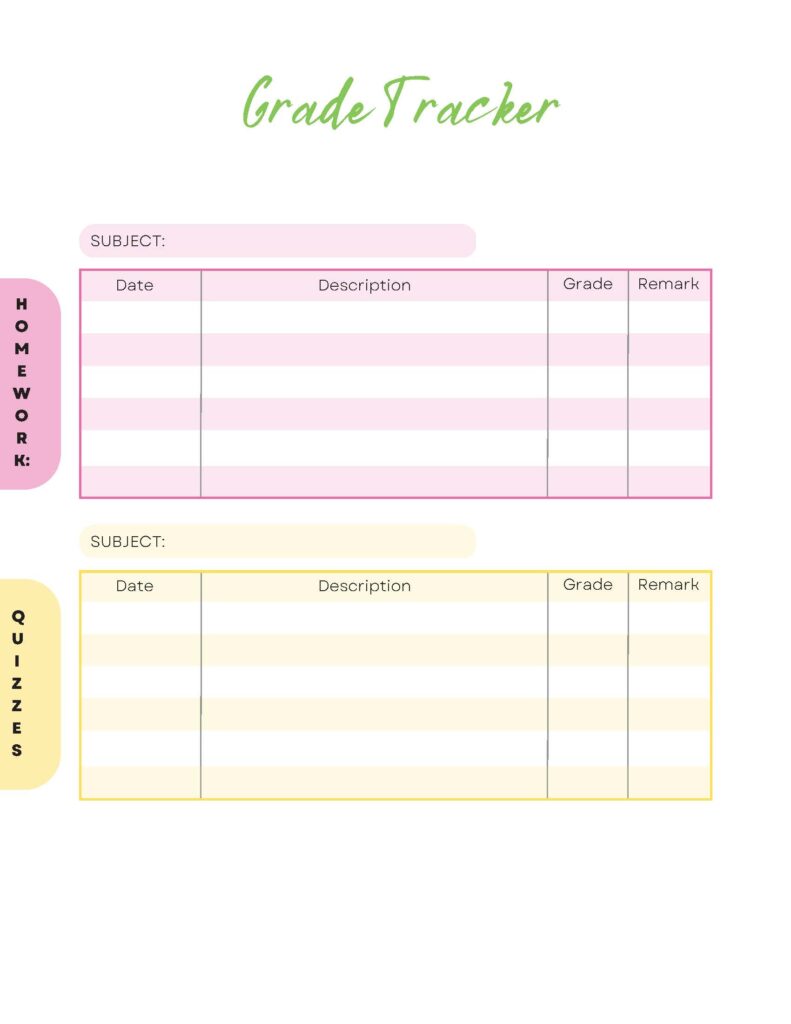
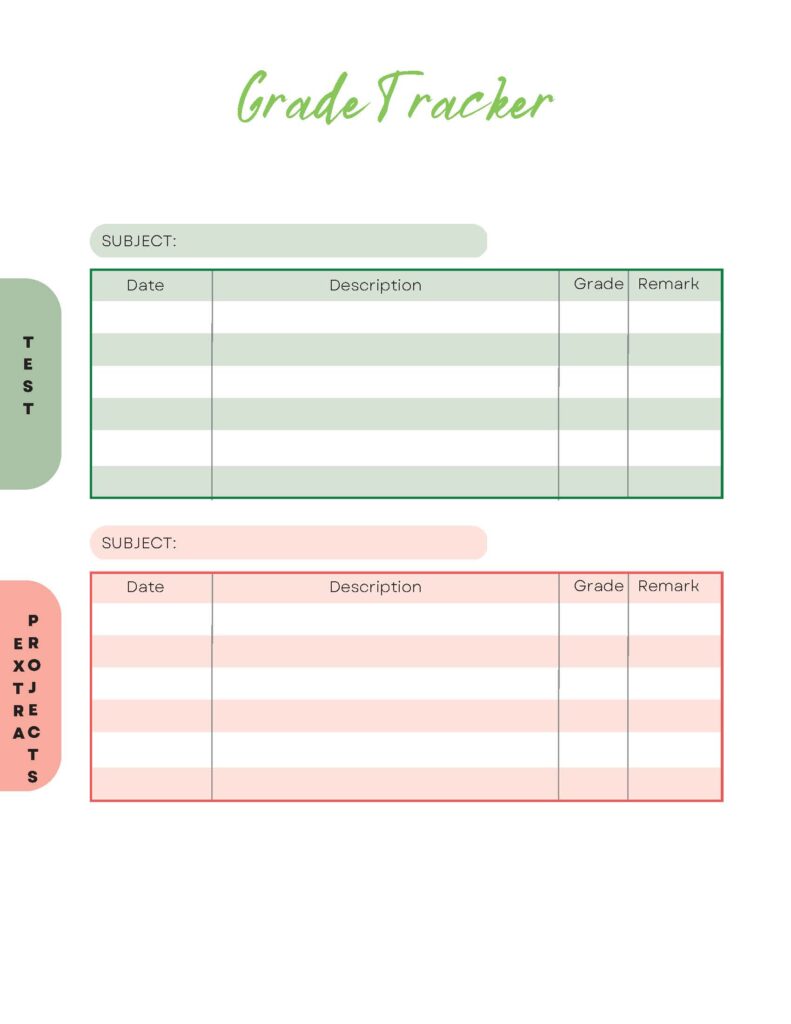


Resources and Support for Homeschooling
Homeschooling families have access to a wealth of resources and support networks. These can provide guidance, encouragement, and practical help throughout your homeschooling journey.
Finding Homeschool Support Networks
Local homeschool groups offer invaluable support and connections. Look for Facebook groups or homeschool organizations in your area. These groups often organize field trips, co-op classes, and social events.
You can also join online forums and discussion boards dedicated to homeschooling. These platforms allow you to ask questions, share experiences, and learn from other homeschoolers worldwide.
Consider partnering with other homeschool families for group activities or shared teaching responsibilities. This can lighten your workload and provide socialization opportunities for your children.
Utilizing Online Resources
The internet is a treasure trove of homeschooling resources. Curriculum reviews can help you choose the best materials for your family. Many websites offer free printables, lesson plans, and educational videos.
Virtual field trips and online classes expand learning opportunities beyond your home. Platforms like Khan Academy and Coursera provide free courses on various subjects.
Educational apps and games can make learning fun and interactive. Look for subject-specific tools to supplement your curriculum.
Subscribe to homeschool blogs and podcasts for ongoing inspiration and practical tips. These can keep you informed about new resources and teaching methods.
Attending Homeschool Conventions
Homeschool conventions are excellent opportunities to learn, network, and explore resources. These events typically feature workshops on various aspects of homeschooling, from getting started to teaching high school.
At conventions, you can browse curriculum options in person and talk directly with publishers. This hands-on experience can help you make informed decisions about your homeschool materials.
Many conventions offer children's programs, allowing you to focus on the sessions while your kids enjoy educational activities. Take advantage of these to fully immerse yourself in the experience.
Plan ahead by reviewing the convention schedule and prioritizing the sessions most relevant to your needs. Don't forget to budget for potential curriculum purchases!
Connecting with Homeschool Mentors
Experienced homeschoolers can provide valuable guidance and encouragement. Seek out mentors through local homeschool groups or online communities.
A mentor can offer personalized advice based on their own homeschooling journey. They can help you navigate challenges and celebrate successes.
Consider joining a homeschool co-op where you can learn from other parents. Co-ops often have experienced members who are willing to share their knowledge.
Don't hesitate to reach out to homeschool bloggers or authors you admire. Many are happy to answer questions or offer advice through email or social media.
Remember, building a support network takes time. Be patient and open to new connections as you establish your homeschooling community.
Homeschooling Through High School and Beyond
Homeschooling during high school years offers unique opportunities and challenges. You can tailor your teen's education to their interests and future goals while ensuring they meet necessary requirements.
Curriculum for High School Students
When homeschooling high school, you'll need to create a comprehensive curriculum that meets state standards and prepares your teen for their future. Focus on core subjects like math, science, English, and social studies.
Add electives that align with your child's interests and potential career paths. Consider using online resources, textbooks, or co-op classes to provide a well-rounded education.
Don't forget to include physical education and arts in your curriculum. These subjects contribute to a balanced high school experience.
Keep detailed records of your teen's coursework and grades. This will be crucial for creating transcripts later.
Preparing for College
If your homeschooled teen is considering college, start planning early. Research admission requirements for potential colleges and ensure your curriculum meets these standards.
Dual enrollment programs allow high school students to take college courses, giving them a head start and demonstrating their ability to handle college-level work.
Encourage your teen to take standardized tests like the SAT or ACT. Many colleges require these scores for admission.
Help your student build a strong portfolio showcasing their achievements, projects, and extracurricular activities. This can be especially valuable for homeschoolers during the college application process.
Life After Homeschooling
Preparing your teen for life after homeschooling involves more than academic skills. Focus on developing practical life skills like budgeting, cooking, and time management.
Encourage part-time jobs or internships to gain real-world experience. These opportunities can help your teen explore potential career paths and build a professional network.
If college isn't the right fit, explore alternatives like vocational training, apprenticeships, or entrepreneurship. Help your teen research these options and prepare accordingly.
For those not pursuing higher education, ensure they have a solid plan for entering the workforce. This might include obtaining certifications or completing a GED if a traditional high school diploma wasn't issued.
Assessment and Progress Tracking
Measuring your child's academic growth is crucial in homeschooling. You'll need effective methods to evaluate learning and identify areas for improvement. Let's explore some key strategies to help you assess and track your homeschooler's progress.
Standardized Testing
Standardized tests can provide valuable insights into your child's academic standing. You can administer these tests annually or bi-annually to gauge progress in core subjects. Many states require homeschoolers to take standardized tests, so check your local regulations.
Online assessment tests are available specifically for homeschoolers. These can be convenient and less stressful for your child.
Remember that standardized tests are just one piece of the puzzle. They don't capture the full picture of your child's abilities and growth.
Portfolio Assessments
A portfolio is a comprehensive collection of your child's work throughout the year. It's an excellent way to showcase progress and achievements.
Include a variety of items in your portfolio:
- Completed assignments
- Project samples
- Art and creative work
- Writing samples
- Photos of hands-on activities
Review the portfolio regularly with your child. This can boost their confidence as they see their own growth over time.
Portfolios offer a bird's eye view of what your child has accomplished. They're especially useful for subjects that don't lend themselves well to standardized testing.
Feedback and Adjustments
Regular check-ins and formative assessments are vital for tracking progress. These can be informal conversations, quizzes, or short tests.
Pay attention to your child's strengths and areas needing improvement. Use this information to adjust your teaching approach and curriculum as needed.
Consider keeping a journal to note observations about your child's learning. This can help you spot patterns and tailor your instruction more effectively.
Don't hesitate to ask your child for feedback too. Their input can provide valuable insights into what's working and what isn't in your homeschool approach.







